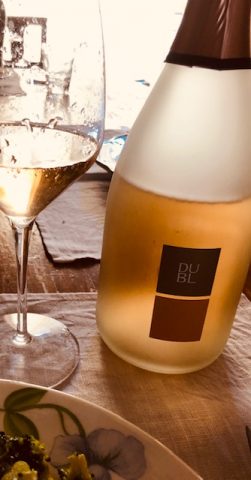Pinot Nero Alto Adige, the future is MGAs
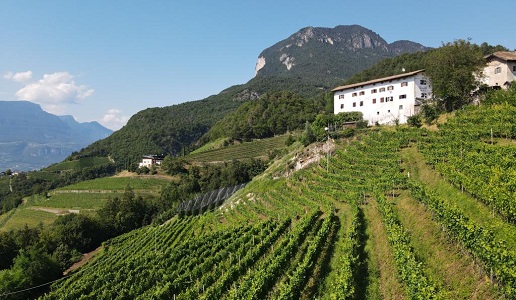
At the awards ceremony of the 24th Pinot Noir Days, we tasted Pinot Noirs from all over Italy and were able to learn something new about the future of this grape variety in South Tyrol.
What are the Pinot Noir Days? Held in Egna, from April 29 to May 2, these days were dedicated to discovering the winners of the competition and all the participating labels. In March, in fact, thirty-five winemakers were called upon to blindly taste red wines from Pinot Noir grapes from all over Italy. Eighty-seven, this year, were the 2019 Pinot Noir samples from nine Italian wine-growing areas whose blind tastings led to a top10 where the Alto Adige region reigns supreme over all. South Tyrol not only took 8 out of 10 places in terms of wines awarded but was also the wine region most represented in terms of samples tasted. One place in the top 10 was taken by Trentino and one went to Oltrepò Pavese.
Here are the 2022 rankings:
Kellerei Andrian – Alto Adige Pinot Nero Riserva Anrar 2019
- Schloss Englar - Alto Adige Pinot Nero Riserva Baltasius 2019
- Kellerei St. Michael Eppan - Alto Adige Pinot Nero Riserva Sanct Valentin 2019
- Kellerei Girlan - Alto Adige Pinot Nero Riserva Trattmann 2019
- Kellerei Bozen - Alto Adige Pinot Nero Riserva Thalman 2019
- Kollerhof Mazon - Alto Adige Pinot Nero Riserva Aegis
- Kellerei Terlan - Alto Adige Pinot Nero Riserva Monticol 2019
- Malojer-Gumerhof - Alto Adige Pinot Nero Riserva 2019
- Bellaveder – Trentino Pinot Nero Riserva Faedi 2019
- Ex aequo: Conte Vistarino – Oltrepò Pavere Pinot Nero Pernice 2019
Muri Gries Weingut/Klosterkellerei - Alto Adige Pinot Nero Riserva Abtei Muri 2019
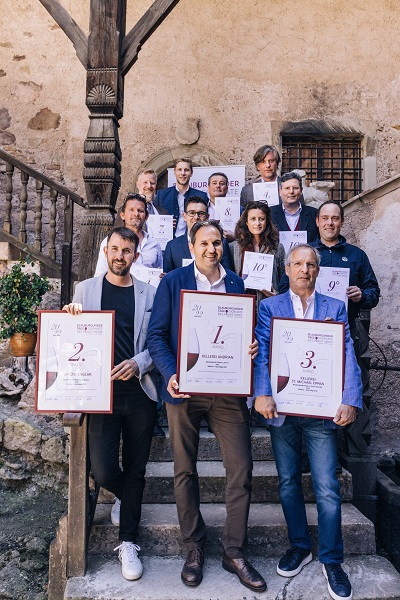
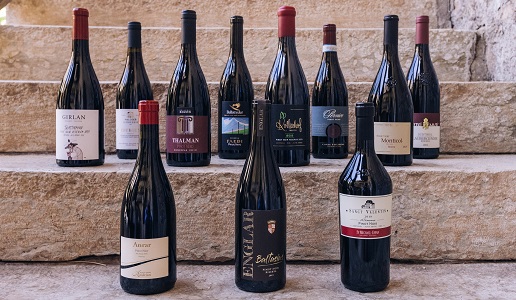
Although, therefore, Pinot Noir is a variety present in Valle d'Aosta as well as in Abruzzo, just to name a couple of regions that participated in the competition, the fact that it is celebrated precisely in Alto Adige is no accident. Here production is gaining momentum and is increasingly specific and careful. More than 500 hectares of vineyards are dedicated to this variety whose appearance dates back to the Napoleonic era but whose identity has been undergoing research and affirmation since the last 40 years or so. It is therefore relatively recently that we can speak of the Pinot Noir Style of Alto Adige. This style, which I repeat is still being defined, is determined by a number of factors including grape provenance, production per hectare and harvest time, different winemaking techniques in the cellar, vintage and, of course, estate imprint.
Let us try to summarize the Alto Adige style by points.
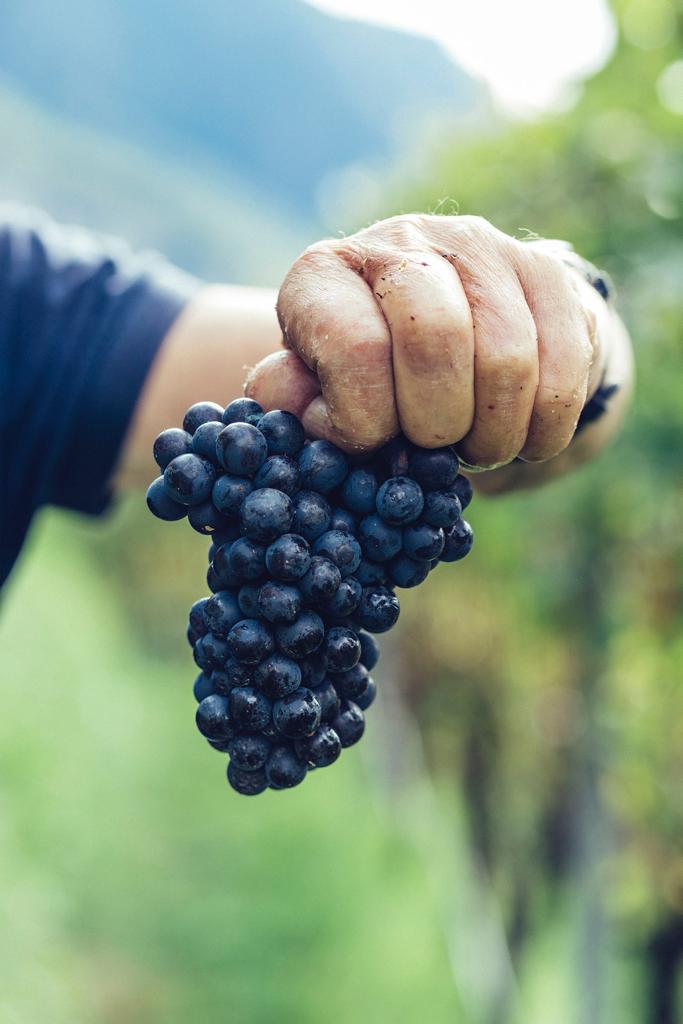
Grape provenance: next goal to be achieved will be the official recognition of additional geographical mentions, MGAs. It is not yet known how many there will be but presumably in the number of ten. Soils in this region are divided between red porphyry and dolomite-type limestone rock.
Production per hectare and harvest time: production per hectare, once the most suitable cultivation system was found, i.e. Guyot, was no longer a problem. In areas suitable for Pinot Noir production, a kind of self-regulation in production takes place, which is around 50-70 q/ha. Harvest time, on the other hand, depends on the area, microclimate, vineyard exposure and altitude. In fact, the harvest can be considered mostly late. The hottest area, but also considered the most suitable, is Mazzon.
Winemaking techniques: in the winery we could summarize the Pinot Noir route in two concepts that talking with the producers seem to be rather shared. Need to conduct microvinifications, which contribute to make it even more manic (over 40 microvinifications per year we all agree are only for those who do not like simple things) fermentation with the presence of stalks and/or whole bunch (slightly different techniques that contribute to enrich in freshness and tannins the wine but in one case play on the type of tannin by going to select the most suitable stalks, greener or more woody depending; in the second case it also brings into play carbonic maceration with its contribution in terms of characteristic aromas and sensations of freshness).
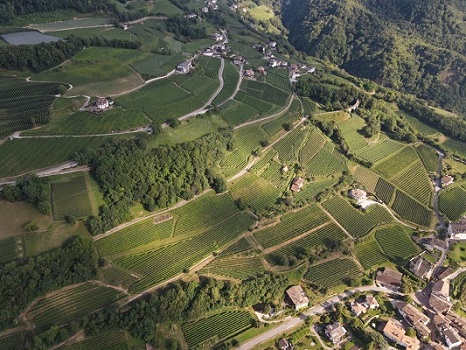
Vintage: last on the market 2019, worth marking and keeping in mind. Apparently one of the best ever for red wines. With a balanced and regular weather pattern, it is characterized by a late harvest and homogeneous ripening. The excellent temperature range favored the development of grape aromas while maintaining considerable tension in the wines. These characteristics would place it among the vintages with marked longevity.
Estate footprint: inevitable the contribution of the human being who accompanies the grapes in their growth and then transformation into wine.
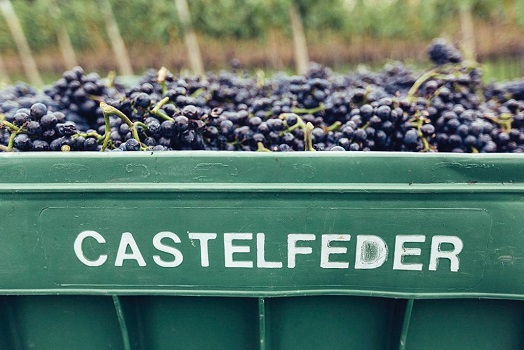
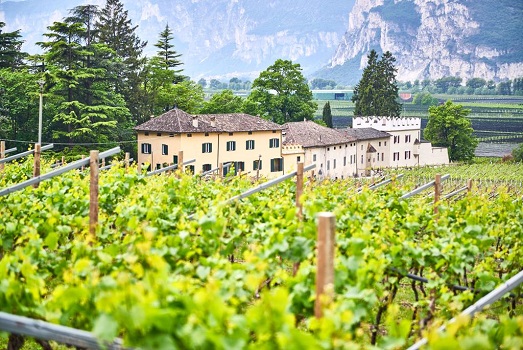
I got a taste, firsthand, of this at the Castelfeder winery, where with Pinot Noir it has always been love and where it is recently celebrated in three different forms plus a reserve. The three shades of Castelfeder, vinified the same way, are dedicated to three hypothetical future MGAs: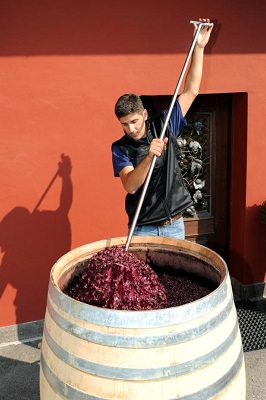
- Mazon, famous and vocated area. From the lowest altitude and warmest microclimate. French Pinot Noir clones with small, compact clusters are well adapted here. (the classic pinecones, to be clear).
- Glen, another area now famous and celebrated for Pinot Noir. The characteristic feature is that Castelfeder has vineyards from 400 to over 700 m asl. Harvests occur according to altitude and at different times. Where harvesting at altitude is late, clones with more sparse clusters tend to be preferred.
- Buchholz, an area where freshness and verticality are more prevalent. Not surprisingly, this is where the vineyards of producers making classic method are located. Late Harvest. This expression of Pinot Noir is fresh, agile, snappy.
Finally, there is the Borgum Novum Reserve, which draws the best from each area. A wine that, although a workhorse of the winery, is still being experimented with from year to year. Castelfeder also produces notable white wines from Chardonnay (new entry a family reserve) and Pinot Blanc (magnums only); and is the creator of a curious exchange of grapes with winemakers from other regions in the "Two Grapes" project, but perhaps we'll talk about all that another time.
Castelfeder
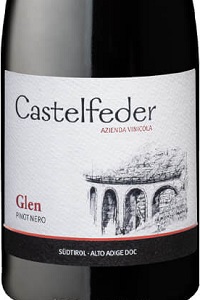 Alto Adige Pinot Nero Glen 2019
Alto Adige Pinot Nero Glen 2019
91/100 - € 20,00
100% Pinot Nero. Matura per un anno in piccole botti di rovere. Rubino intenso, con riflessi vivaci. Al naso arriva speziato e teso. Frutta nera amalgamata a note tostate e fumé. Al palato strutturato, il finale è fresco con un principio di balsamicità. Persistenza fumé.
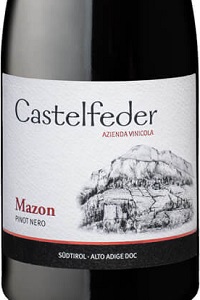 Alto Adige Pinot Nero Mazon 2019
Alto Adige Pinot Nero Mazon 2019
91/100 - € 33,00
100% Pinot Nero. Matura per un anno in piccole botti di rovere. Rubino intenso. Al naso frutta gialla dolce e fiori secchi. Pieno e potente il sorso, intenso il finale. Chiude elegantemente con note di arancia amara.
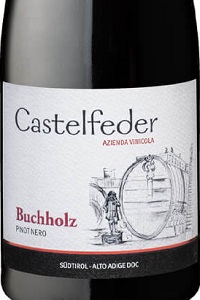 AltoAdige Pinot Nero Buchholz 2020
AltoAdige Pinot Nero Buchholz 2020
88/100 - € 20,00
100% Pinot Nero. Matura per un anno in piccole botti di rovere. Rubino scarico. Naso con qualche accenno polveroso poi balsamico e con accenni ai fiori freschi. Veloce al palato è sapido, dal gusto secco ma fresco.
Translated with: https://www.deepl.com/

 Italiano
Italiano












